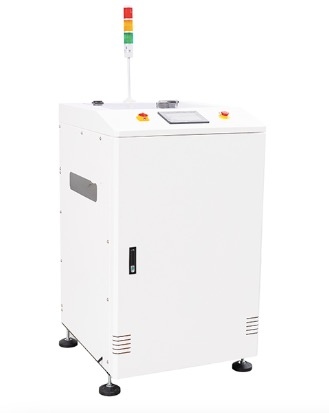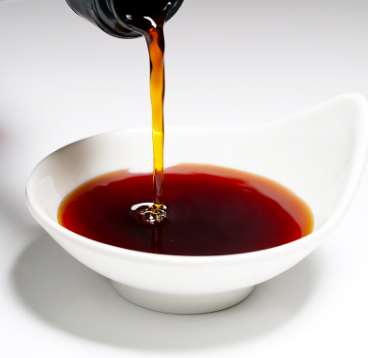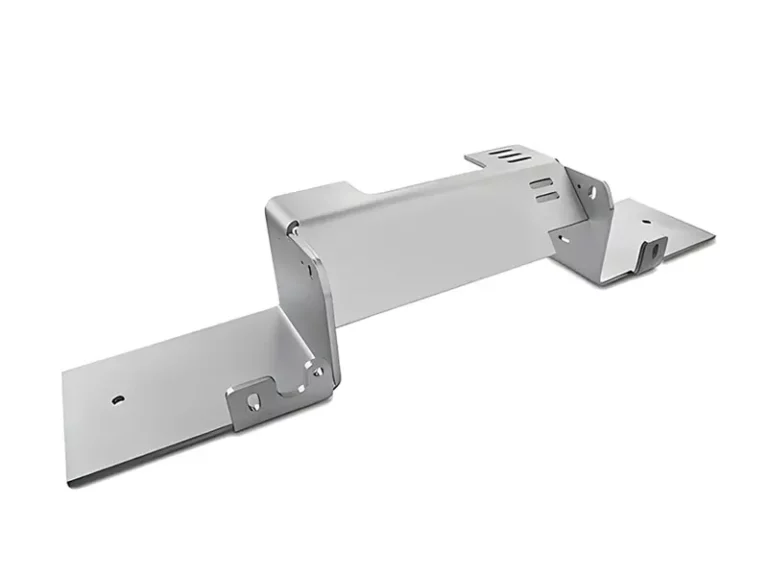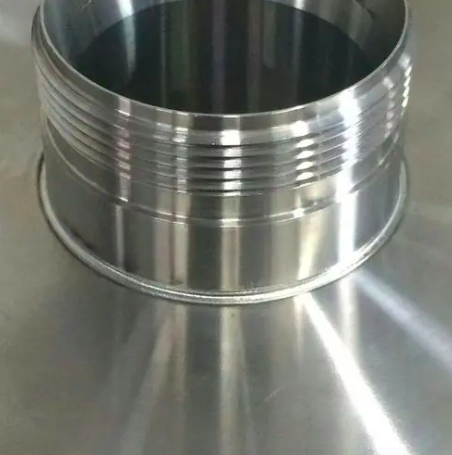目录
Control valves play a crucial role in various industrial processes, helping to regulate parameters such as flow, pressure, temperature, and liquid level. Each type of control valve has a specific abbreviation and function. Here, we will delve into the details of common control valve abbreviations: XV, PV, TV, and LV.
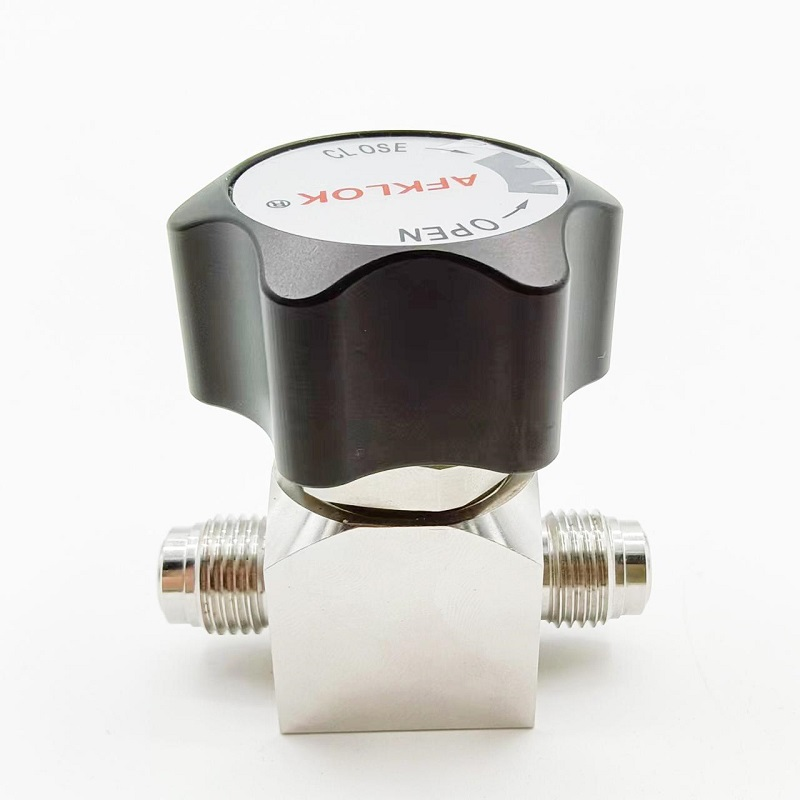
1. XV – On-Off Control Valve
Abbreviation: XV (Valve) Function: On-Off Control
- Description: The XV valve, or on-off control valve, is designed to control the flow of fluid by either allowing it to pass through or stopping it completely. It does not regulate the flow rate but rather acts as a switch.
- Operation Modes:
- Fail-Close (FC): The valve closes automatically in the event of a failure, preventing the process fluid from flowing.
- Fail-Open (FO): The valve remains open in the event of a failure, allowing the process fluid to continue flowing.
- Application: Commonly used in systems where precise on-off control is necessary, such as in safety interlocks, emergency shut-down systems, and simple process control.
2. PV – Pressure Control Valve
Abbreviation: PV (Pressure Valve) Function: Pressure Regulation
- Description: The PV valve, or pressure control valve, is used to maintain a consistent pressure level within a specific range, regardless of changes in upstream or downstream pressure.
- Operation:
- Opening and Closing: The valve opens or closes based on pressure changes. If the pressure exceeds the set point, the valve opens to allow fluid to escape, reducing pressure. If the pressure drops below the set point, the valve closes to prevent fluid from escaping, increasing pressure.
- Application: Widely used in systems where maintaining a stable pressure is critical, such as in hydraulic systems, gas distribution networks, and chemical processing plants.
3. TV – Temperature Control Valve
Abbreviation: TV (Temperature Valve) Function: Temperature Regulation
- Description: The TV valve, or temperature control valve, is used to maintain a constant temperature within a specified range, regardless of changes in upstream or downstream conditions.
- Operation:
- Adjustment: The valve is connected to a temperature sensor that monitors the fluid temperature. If the temperature deviates from the set point, the valve adjusts the flow of hot or cold fluid to maintain the desired temperature.
- Application: Commonly used in HVAC systems, chemical reactors, and heat exchangers where precise temperature control is essential.
4. LV – Liquid Level Control Valve
Abbreviation: LV (Level Valve) Function: Liquid Level Regulation
- Description: The LV valve, or liquid level control valve, is used to maintain a consistent liquid level in storage tanks or containers.
- Operation:
- Adjustment: The valve is connected to a liquid level sensor that monitors the liquid level. If the level is higher or lower than the set point, the valve adjusts the liquid flow in or out of the tank to maintain the desired level.
- Application: Used in water treatment plants, fuel storage systems, and industrial processes where maintaining a specific liquid level is important to prevent overflow or underflow.
5. FV – Flow Control Valve
Abbreviation: FV (Flow Valve) Function: Flow Regulation
- Description: The FV valve, or flow control valve, is used to maintain a consistent flow rate within a specific range, regardless of changes in upstream or downstream conditions.
- Operation:
- Adjustment: The valve changes the size of the valve opening to maintain the required flow rate. This is often done in response to feedback from a flowmeter.
- Application: Commonly used in systems where maintaining a steady flow rate is crucial, such as in chemical processing, water distribution, and HVAC systems.
6. HV – Manual Control Valve
Abbreviation: HV (Hand Valve) Function: Manual Control
- Description: The HV valve, or manual control valve, is operated by a handle or lever. It is used in applications where manual control is preferred or necessary.
- Operation:
- Adjustment: The handle or lever is directly connected to the valve stem, which moves the valve core to adjust the flow of fluid or gas.
- Application: Used in low-voltage or small-scale systems, or in situations where manual intervention is required for safety or precision.
7. ROSOV – Remote Operation Cut-Off Valve
Abbreviation: ROSOV (Remote Operation Shut-Off Valve) Function: Remote Control
- Description: The ROSOV valve, or remote operation cut-off valve, can be controlled remotely using electronic equipment or computers.
- Operation:
- Remote Control: The valve can be opened or closed from a distance, which is particularly useful in inaccessible or dangerous locations.
- Application: Used in oil and gas pipelines, water treatment facilities, and chemical plants where remote control is necessary for safety and operational efficiency.
Summary
Each type of control valve serves a specific purpose in industrial processes, ensuring the safe and efficient operation of systems. Understanding the abbreviations and functions of these valves is essential for proper selection and application in various industries. Whether it’s controlling flow, pressure, temperature, or liquid level, the right control valve can significantly enhance the performance and reliability of industrial processes.
0
